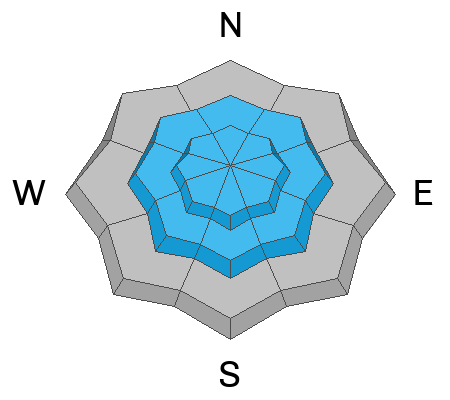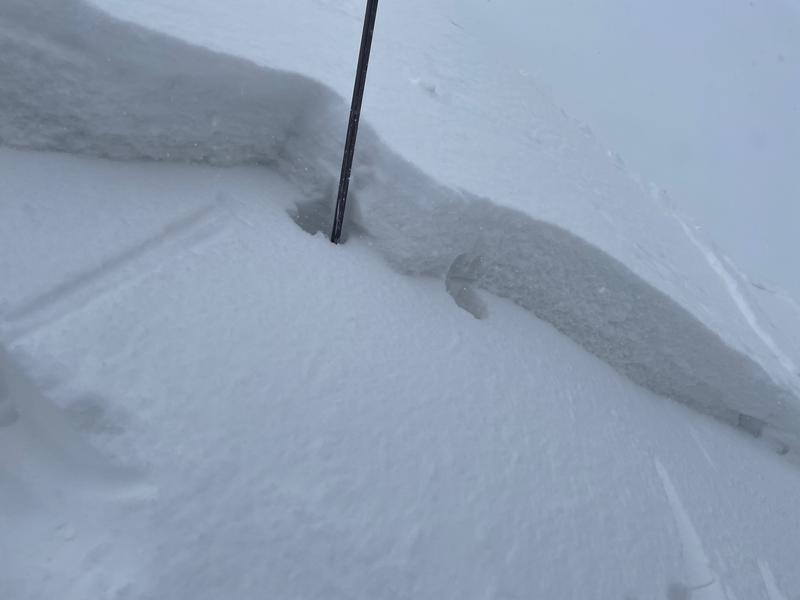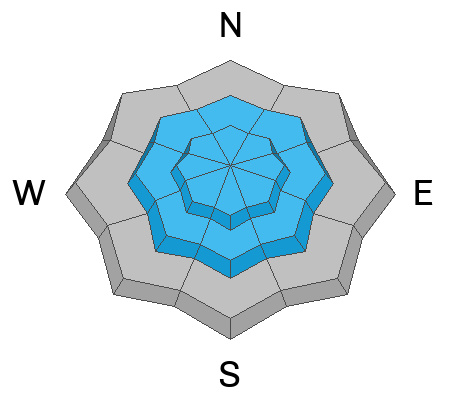Forecast for the Provo Area Mountains

Issued by Trent Meisenheimer on
Saturday morning, April 22, 2023
Saturday morning, April 22, 2023
The avalanche danger is MODERATE at the mid and upper elevations for both New Snow and Wind-Drifted Snow avalanche problems. The danger is LOW at low elevations below about 8,000' where it mostly rained.
I am uncertain about cloud cover and whether the sun will come out today. Direct sun or green housing (warm temps from clouds) could instantly spike the avalanche danger, where the 3-6" of new dry snow would become wet and slide easily on the slick underlying surfaces.
I am uncertain about cloud cover and whether the sun will come out today. Direct sun or green housing (warm temps from clouds) could instantly spike the avalanche danger, where the 3-6" of new dry snow would become wet and slide easily on the slick underlying surfaces.

Low
Moderate
Considerable
High
Extreme
Learn how to read the forecast here










